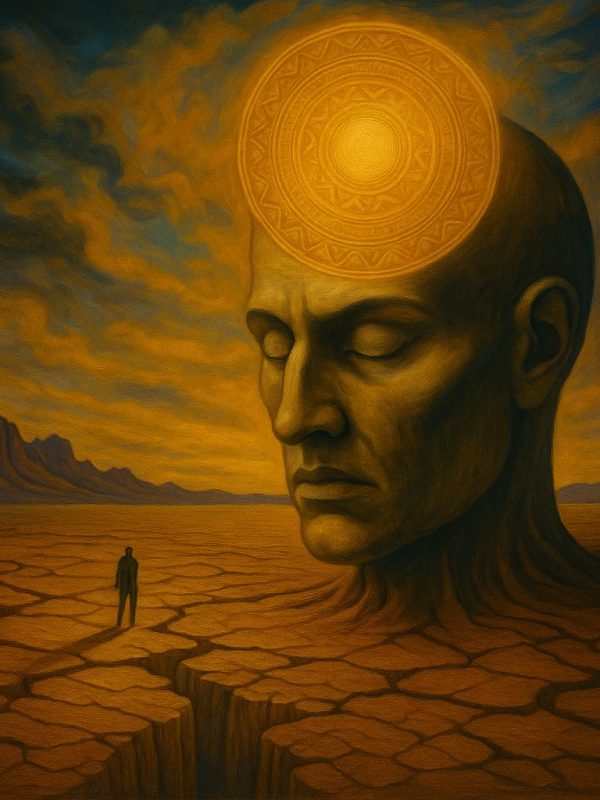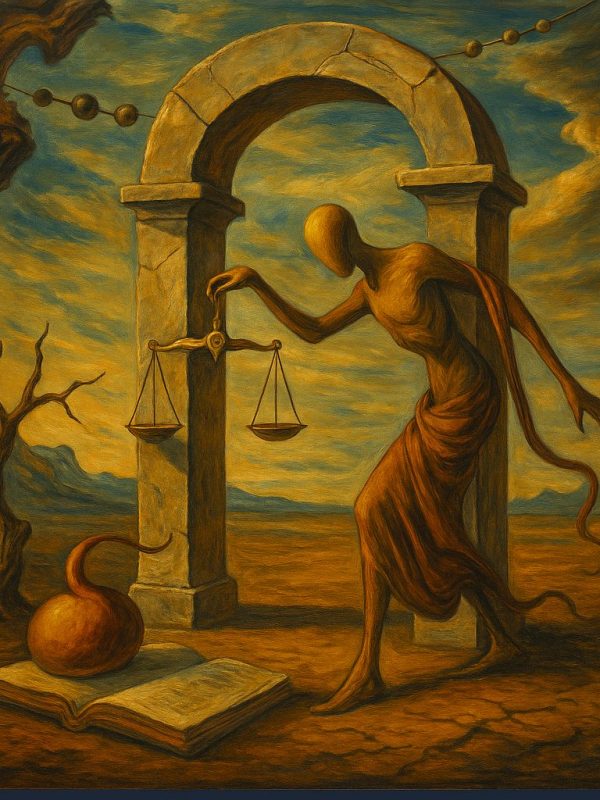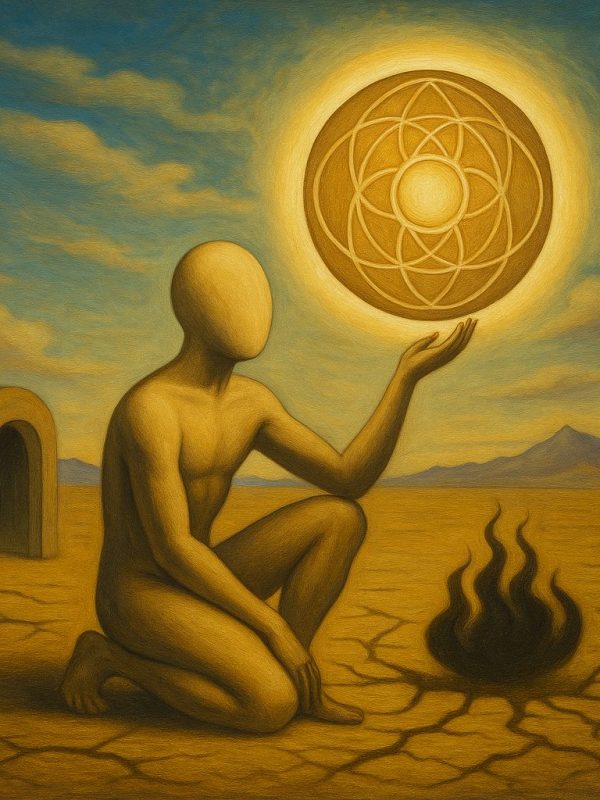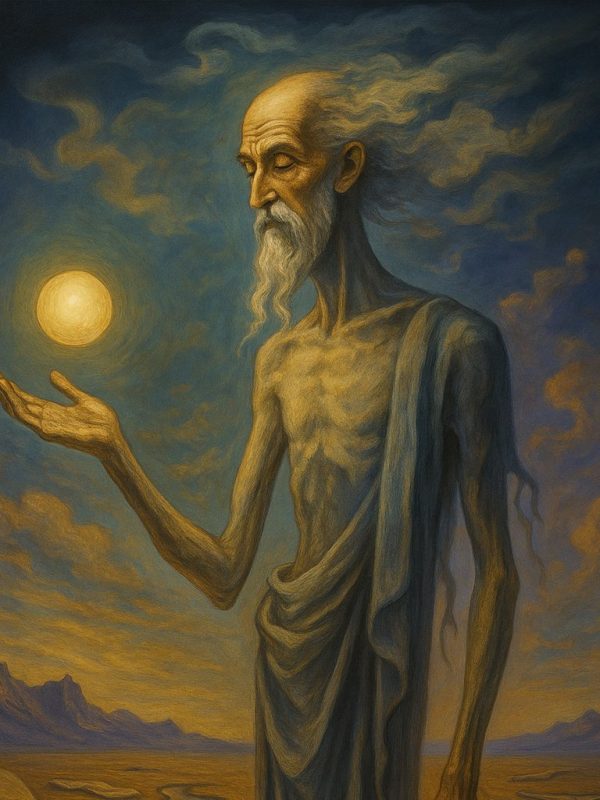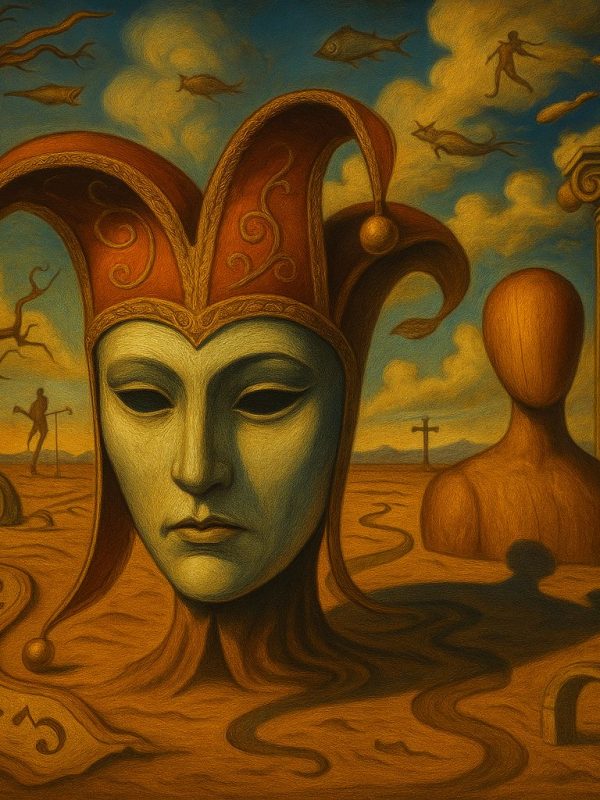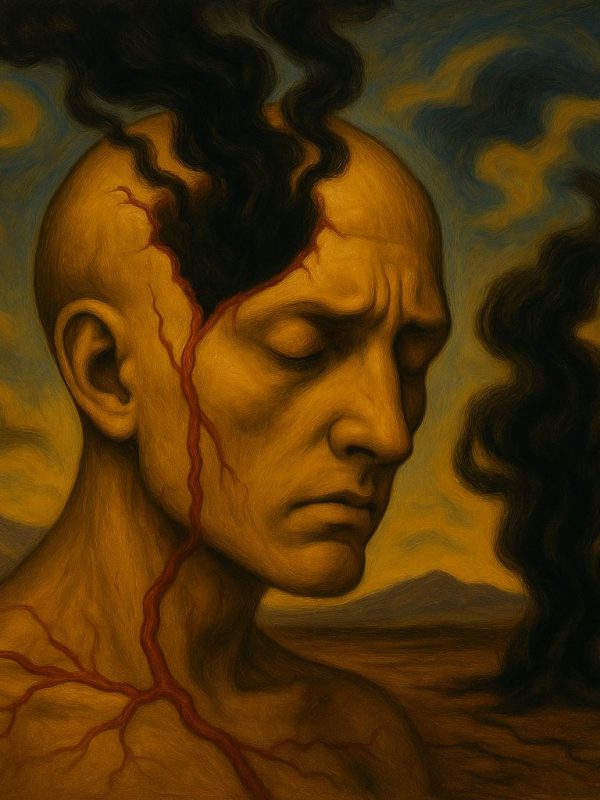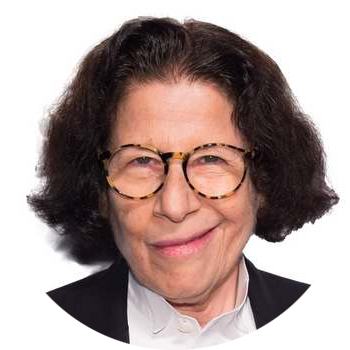A Symbolic Journey: How the AIIA Calculates the Individuation Phase
The Archetypal Integration & Individuation Assessment™ (AIIA) introduces a structured method to determine the participant’s current phase in the individuation process—a central concept in analytical psychology. Drawing on Jungian theory and symbolic developmental psychology, the AIIA algorithmically maps users to one of nine Individuation Phases. This mapping is based not on static typologies but on the dynamic interplay of three calculated indexes: the Archetypal Integration Index (AII), the Growth Activation Index (GAI), and the Archetypal Balance Quotient (ABQ). This article provides a grounded explanation of these indices and how they contribute to symbolic phase placement within the AIIA framework.
A Symbolic Journey: How the AIIA Calculates the Individuation Phase Read article

